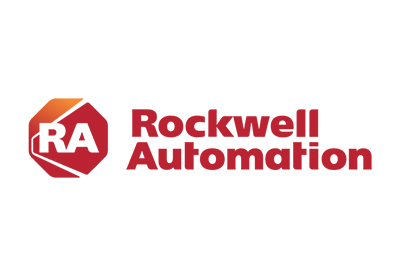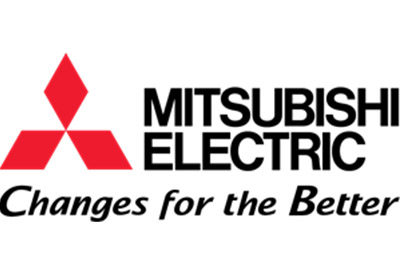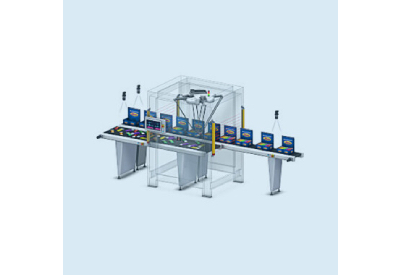Putting People First: Mining Executives Weigh in on Digital Transformation

May 9, 2019
By: Paul McRoberts, Rockwell Automation
Protecting human safety is a huge undertaking when it comes to operating a mine. With regulations in place, safeguards on machinery and in-depth training, we put a major emphasis on keeping workers safe, but is it enough? Is there more than can be done?
This question often plaques mining company leaders. By nature, mining is loud, dirty and dangerous.
How do you keep throughput at its best so your company stays profitable while also keeping your employees, the environment and the community safe?
It’s a balancing act. There are a variety of strategies mining companies already use successfully to make this happen. But could digital transformation be another tool in your toolbox?
A light at the end of the tunnel
Earlier this year, we conducted global research to explore senior management perspectives about digital transformation and IIoT initiatives at their companies. In-depth interviews and global survey findings drawn from mining executives and experts helped us uncover key outcomes companies expect from digital investments, progress made, potential roadblocks – and a path forward.
While some mines have made substantial progress on their digital transformation journey and others haven’t even begun, they all have valuable insight to share. No matter where they stand, one major topic that emerged from our research is human safety.
It’s no coincidence that this topic came up over and over again. Senior management understands the importance of keeping workers safe and they see digital transformation as a means to reach their goal from the ground level, up.
1. Keep workers out of dangerous places
Digital transformation means moving toward remote operations and monitoring. We’ll see fewer people at the mine face and underground by bringing drives to the surface. Equipment can be regularly monitored digitally without sending people on-site for routine check-ins. Troubleshooting will no longer mean coming dangerously close to high voltage equipment, but instead receiving live data read-outs on the information that matters most.
Operations can be monitored in an office or while on the go through a tablet, providing the same visibility or better than what would be possible in person. Equipment status can be examined in real-time all while sitting at a desk, avoiding the hazardous mining environment. Without subjecting workers to doing these jobs on-site, fewer people are exposed to risk, reducing opportunity for injury.
2. Give workers the information they need
Not only does digital transformation allow us to reduce the number of workers in the most dangerous areas of the mine, but it also lays the ground work for better decisions-making. By turning to IIoT technologies like augmented reality (AR) and virtual reality (VR), it can provide context to otherwise cumbersome or meaningless data.
Through this technology, human interaction with machinery can also become more streamlined. The new and less experienced workforce can rely on AR technology for immersive training experiences, guidance when performing maintenance on machinery, and experts can weigh in virtually to provide additional support. Through IIoT technologies, information can be delivered in an easy to consume manor, allowing for decisions to be made with human safety in mind.
It doesn’t end here
Mines are moving toward a more predictive approach to maintenance. We’re no longer waiting for something to break down and the mine to stop; the future is filled with equipment that is self-diagnosing.
Machines can not only tell you what’s wrong with it, but what is needed to fix it, and how the problem can be prevented in the future.
Instead of waiting for something to fail, we can stop the tendency to fail before it even starts. Imagine the possibilities – workers will no longer be frequently exposed to dangerous situations to troubleshoot or repair equipment.
Not only does pursuing digital transformation provide safer working conditions for the company’s most important asset. It can also help increase operational efficiency, reduce maintenance costs and facilitate a forward-thinking environment. Those who take the leap will reap the benefits of a connected mine and future innovations to come. By pursuing digital transformation, the possibilities are endless.
Learn more about the results of our digital transformation study, benefits of achieving a connected mine and see where your company stacks up on your journey to digital transformation in Rockwell’s full study.
For more information, visit HERE.






